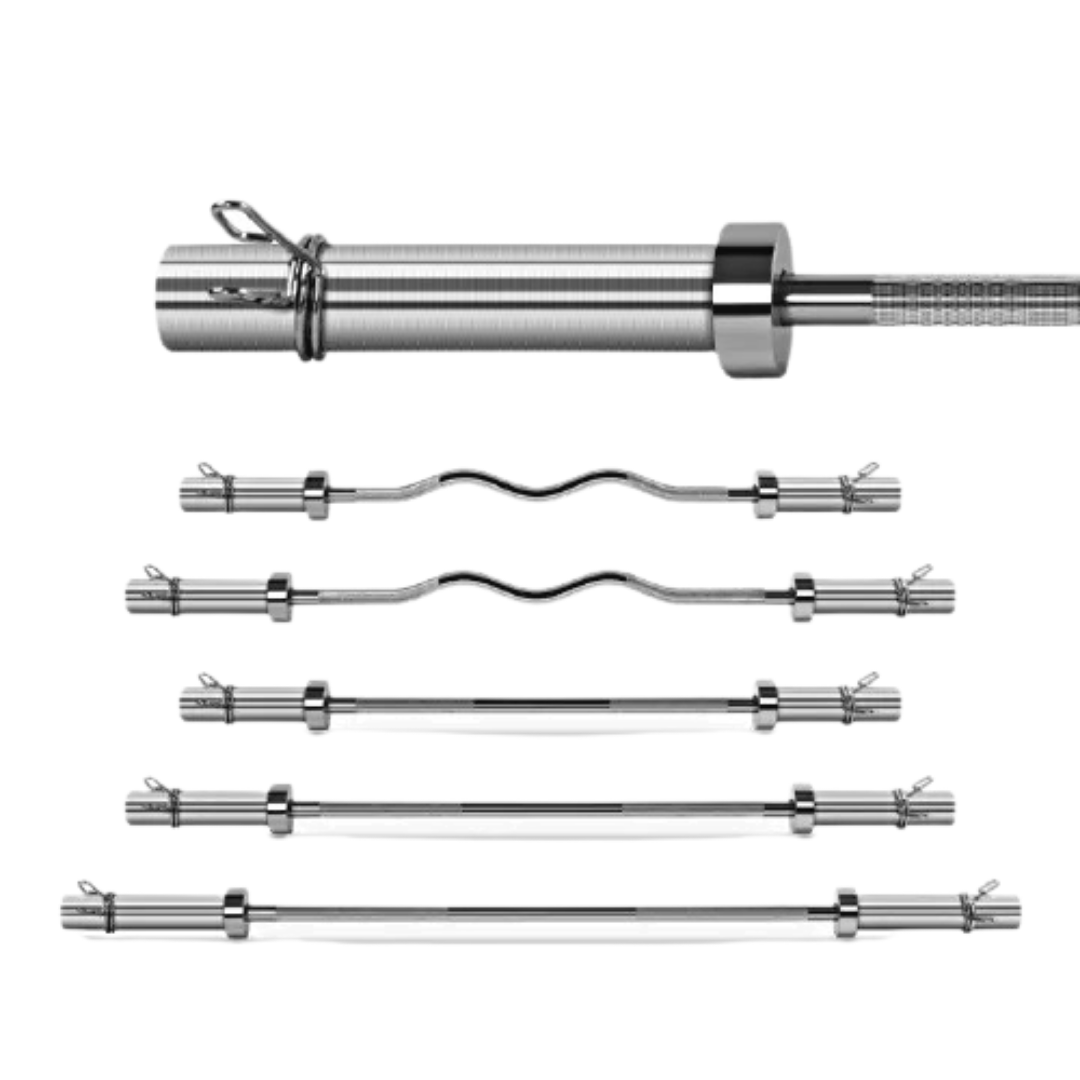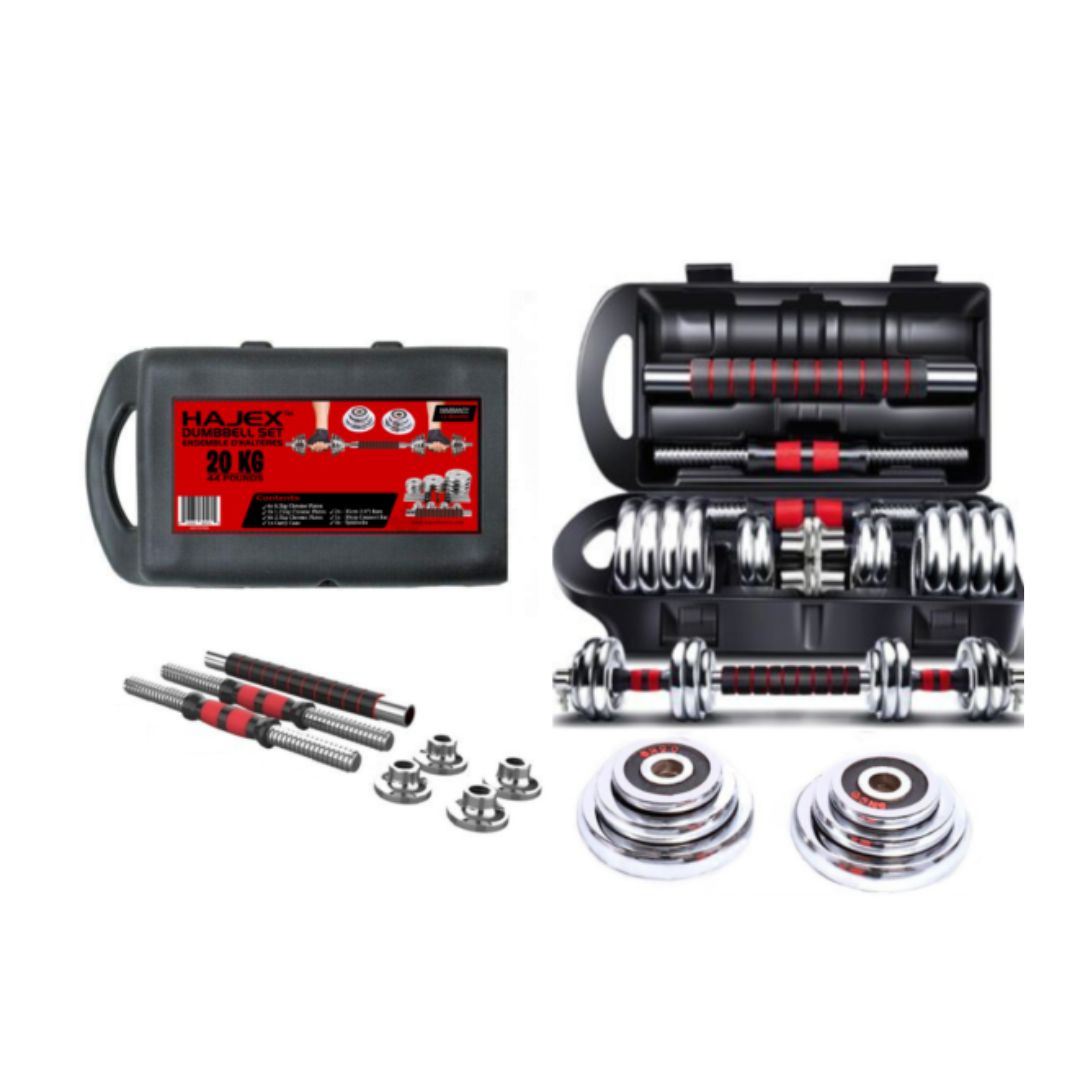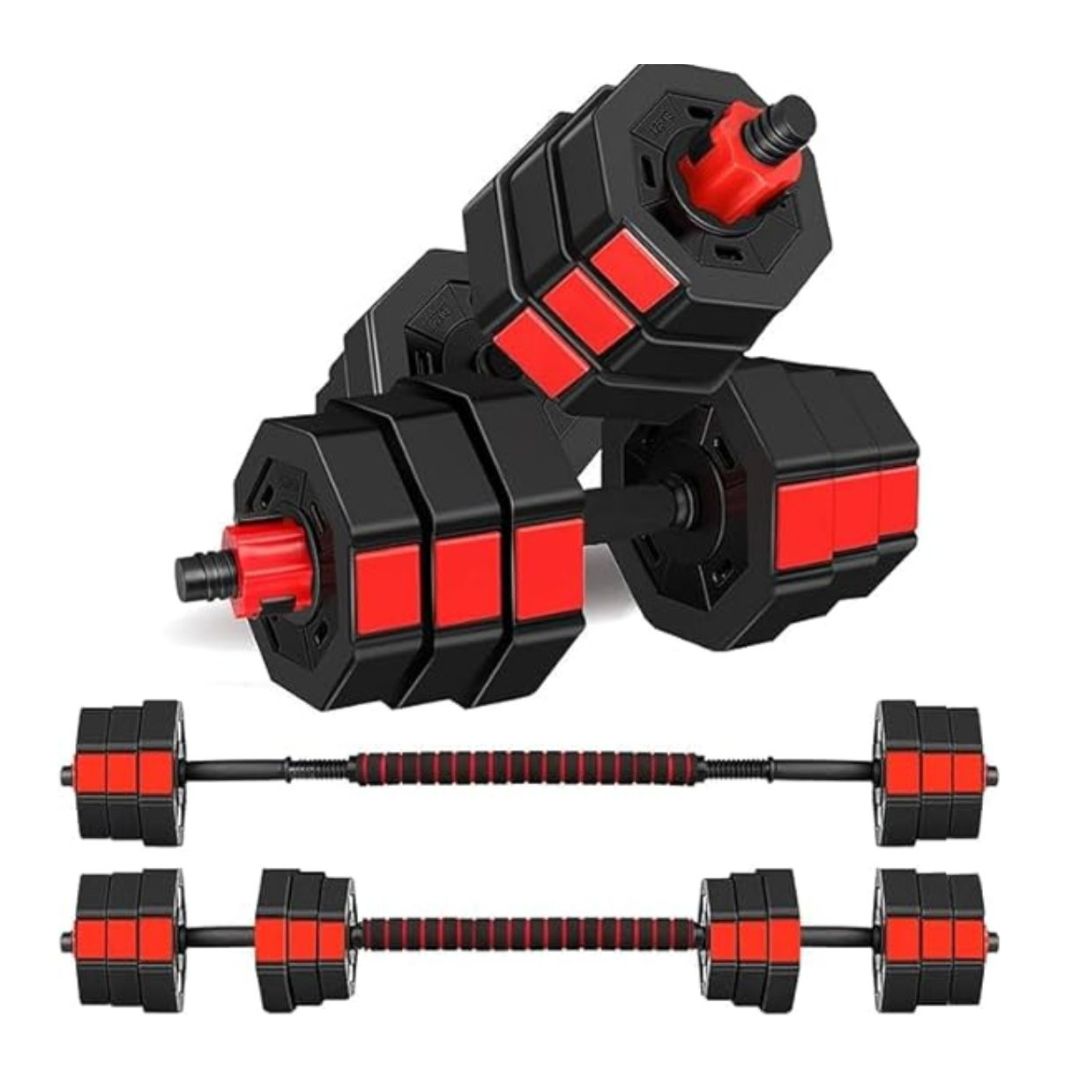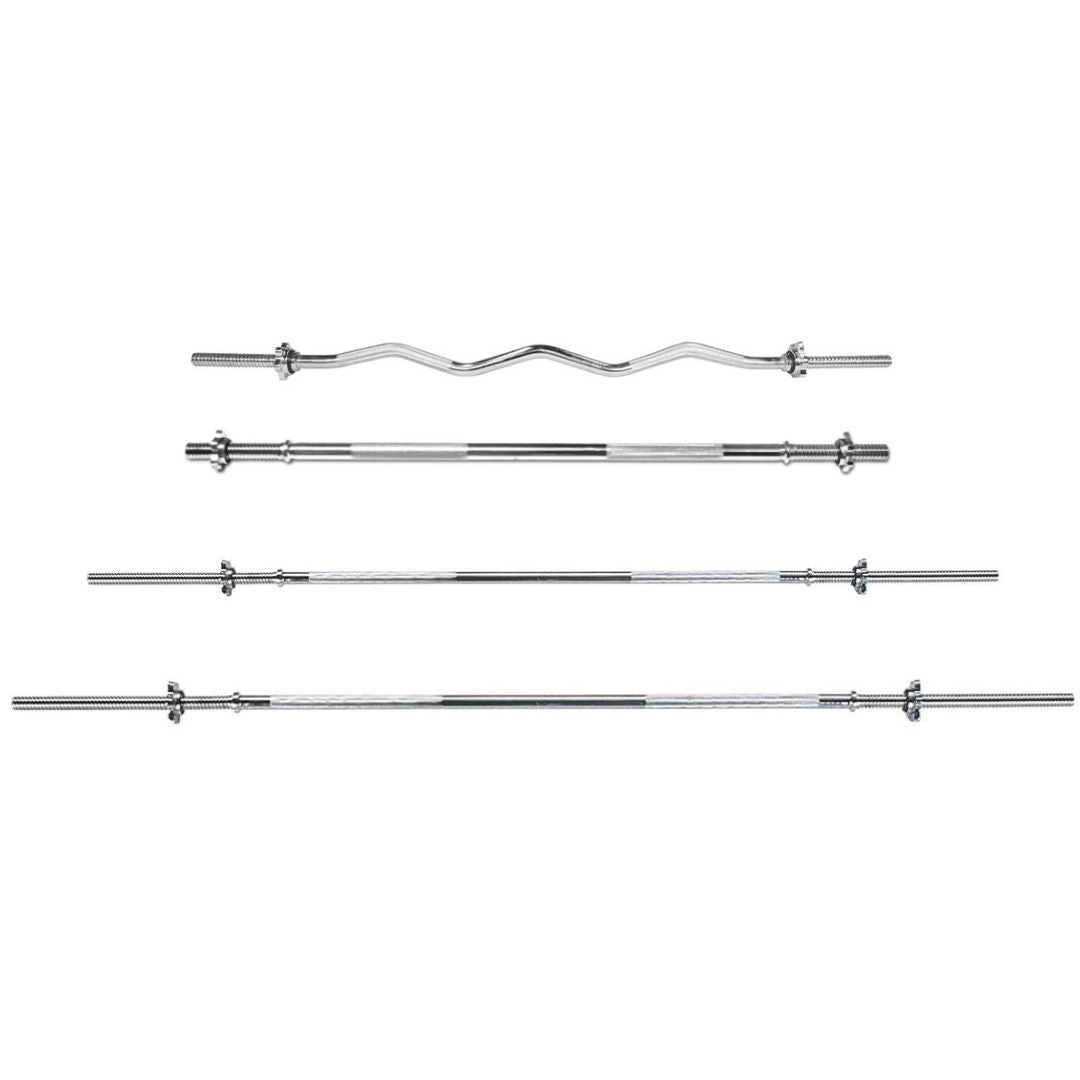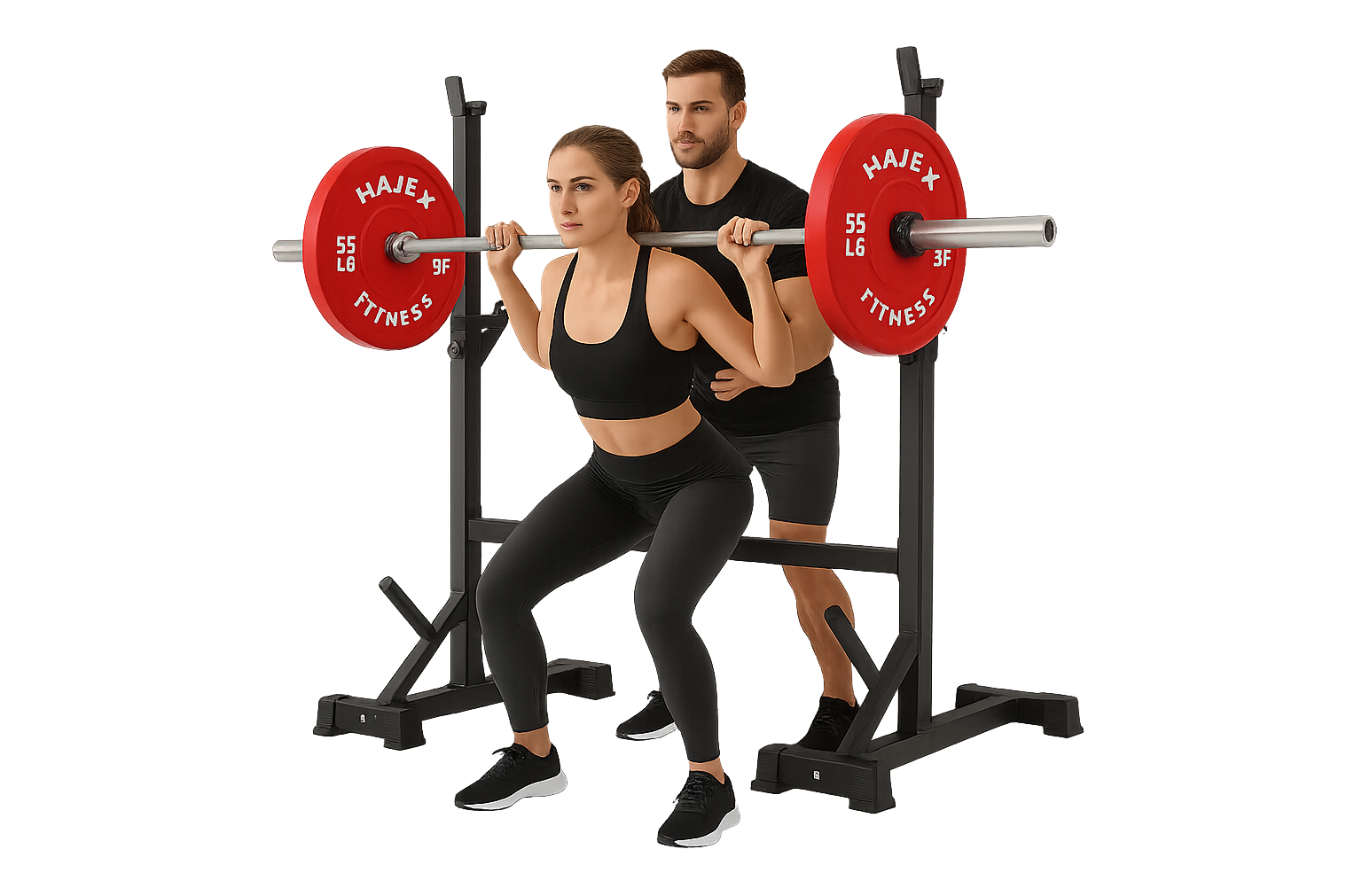Straight Bar Vs Curl Bar: Which is Better
Straight and Curl Bars are some of the most popular exercise equipment. Some of the core differences between a straight bar and curl bar are in their shape, weight and the hand positioning you apply when using them for various workouts.
Sometimes these bars can be used indifferently, which is helpful if the specific bar you want to use is not available; however, there are several things to examine when using the bars as alternates for each other. Let's get started!
What They Weigh
Straight and curl bars are available in various weights. It is essential to identify how much weight you are lifting in reality. The total bar weight is added to the total plate weights you have fitted on the bar.
Normally, a straight bar weighs 45 pounds, but there are smaller versions available that weigh 35 lbs. On the other hand, a curl bar weighs 25 to 30 pounds. The inconsistency in weight is primarily because of the length of the curl bar that is smaller than the straight bar.
Difference in Shape
As its name indicates, the straight bar is a straight-shaped cylindrical rod. There are two attached cylindrical and straight rods on each end of the barbell. In this area of barbell, weight plates are added to increase the resistance. On the other side, the curl bar has a cambered "W" shape and is smaller in size. On both ends of the curl bar, there are straight rods where the weight plates are put on to increase resistance.
Hand Positioning Options
The reason for the difference in the two bars eventually comes down to how the hands are placed on the bars. A standard barbell is straight, you can suppose either an underhand or overhand grip. With a standard barbell, the angle of your wrists is straight; however, when using a curl bar, the angle of your wrists is slightly rotated. A curl bar enables you to grip with an underhand-based "natural" grip or use an overhand-based "reverse" grip on the curl bar.
Consider Your Goals
Traditionally, a curl bar is used for workouts that target smaller muscle groups i.e. biceps and triceps. These muscles usually need less weight than workouts that use the straight bar i.e. chest and legs. Due to the less weight of the curl bar, it makes it imaginable to choose a weight between 25 pounds and 45 pounds when doing workouts that focus on the smaller muscles.
Besides, for workouts that need bending of the elbow, the curl bar has a more natural hand position. The straight bar enhances the torque amount in the wrists because you must vigorously keep your wrists in a straight position when they wish to certainly turn inward or outward according to the workout. If you are unfamiliar with using a straight bar or have poor wrist strength, this can result in pain or injury in the wrists.
 WEIGHT PLATES
WEIGHT PLATES
 Cast Iron Olympic Plates
Cast Iron Olympic Plates
 Olympic Rubber Weight Plates
Olympic Rubber Weight Plates
 PVC Weight Plates
PVC Weight Plates
 DUMBBELLS
DUMBBELLS
 Rubber Hex Dumbbells
Rubber Hex Dumbbells
 Cast Iron Adjustable Dumbbells
Cast Iron Adjustable Dumbbells
 Round Head Dumbbells
Round Head Dumbbells
 Neoprene Dumbbells
Neoprene Dumbbells
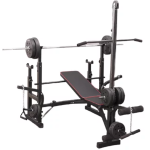 BENCHES
BENCHES
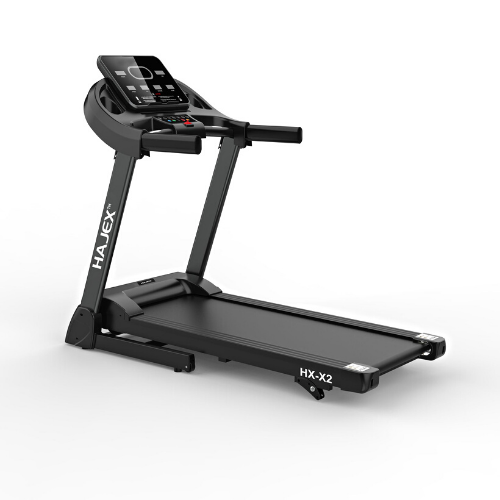 CARDIO
CARDIO
 BARBELL BARS
BARBELL BARS
 Home Gym Deals
Home Gym Deals
 Olympic Bumper Plates
Olympic Bumper Plates
 Tri Grip Plates
Tri Grip Plates
 Weight Plates Combo
Weight Plates Combo
 Olympic Steel Hub Bumper Plates
Olympic Steel Hub Bumper Plates
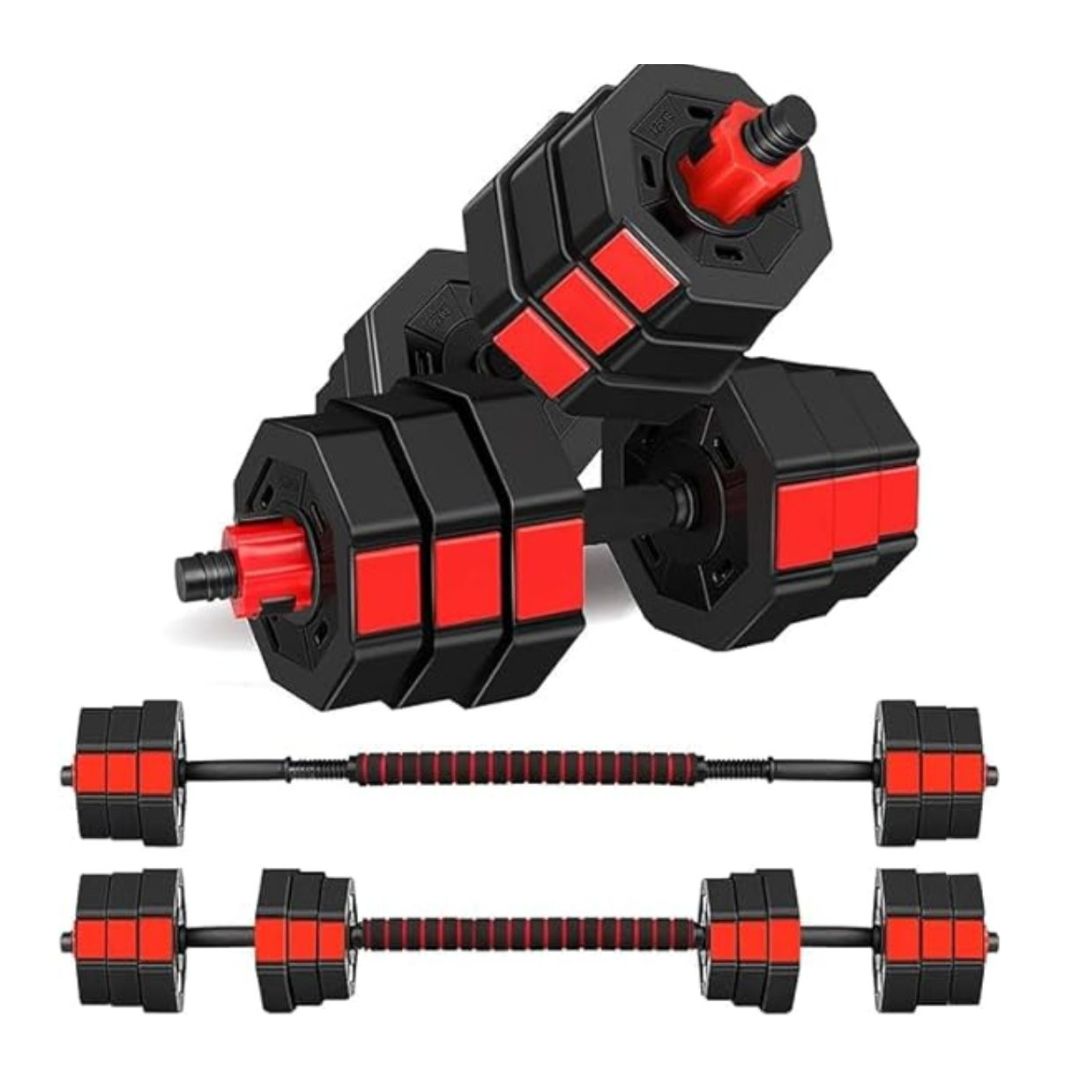 PVC Dumbbells
PVC Dumbbells
 NUO Style Adjustable Dumbbells
NUO Style Adjustable Dumbbells
 Olympic Barbells 2"
Olympic Barbells 2"
 Standard Barbells 1"
Standard Barbells 1"
 Fixed Weight Bars
Fixed Weight Bars
 Benches with Pulley & Rack
Benches with Pulley & Rack
 CARDIO
CARDIO
 Foldable Walking Pads
Foldable Walking Pads
 Exercise Bikes
Exercise Bikes
 RACKS, CAGES & SMITHS
RACKS, CAGES & SMITHS
 Smith Machines
Smith Machines
 Power Racks
Power Racks
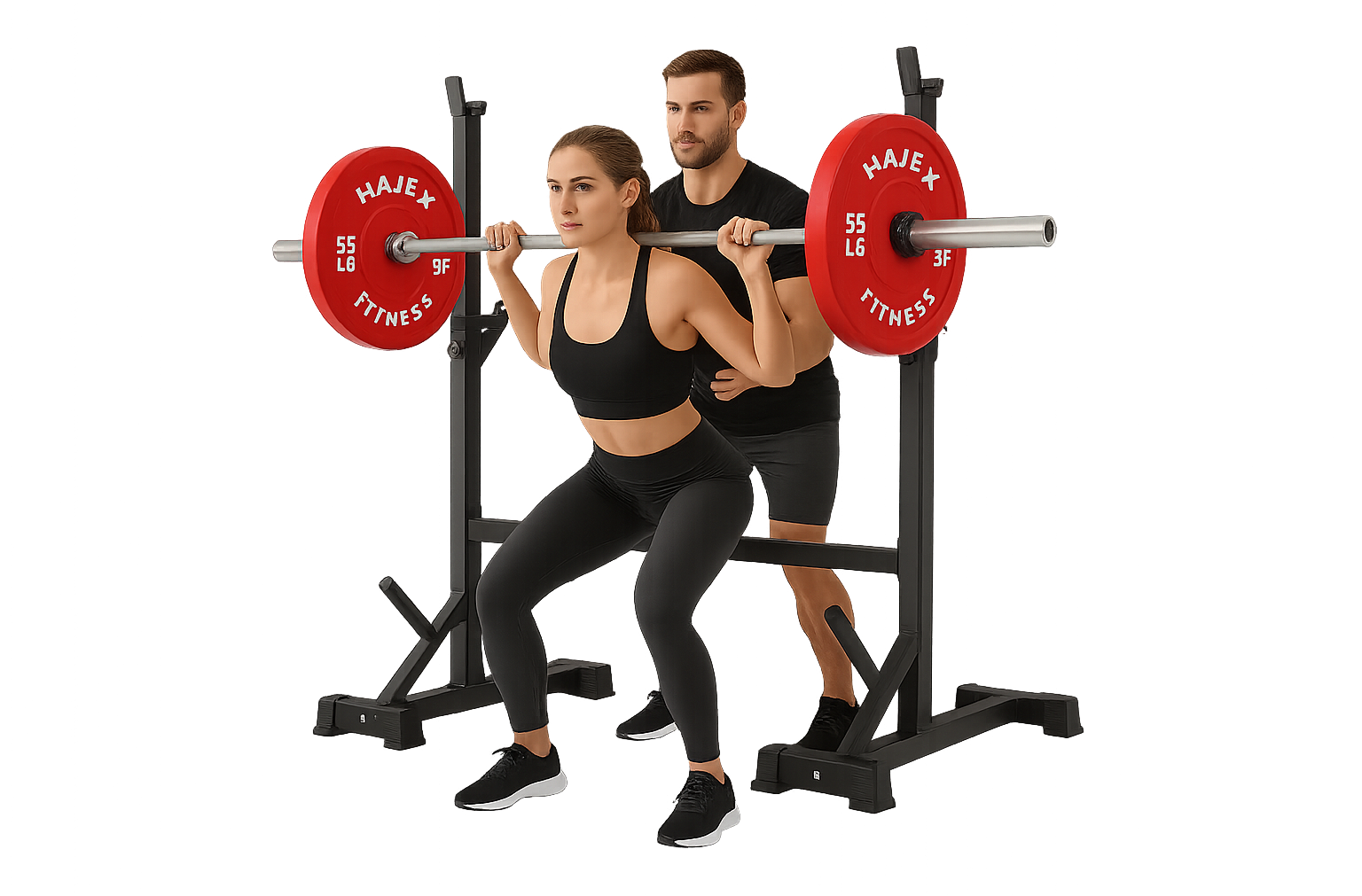 Squat Racks
Squat Racks
 STORAGE RACKS
STORAGE RACKS
 Dumbbell & Kettlebell Racks
Dumbbell & Kettlebell Racks
 Mini Dumbbell Racks
Mini Dumbbell Racks
 Adjusatble Dumbbell Stands
Adjusatble Dumbbell Stands
 MORE
MORE
 Kettlebells
Kettlebells
 Adjustable Kettlebells - Single & Pair
Adjustable Kettlebells - Single & Pair
 Floor Mats
Floor Mats
 Yoga
Yoga
 Push Up
Push Up
 Resistance Bands
Resistance Bands
 Barbell Pads
Barbell Pads
 Dumbbell Handles
Dumbbell Handles
 Jump Ropes
Jump Ropes






